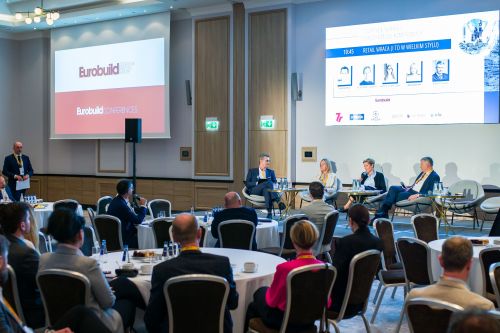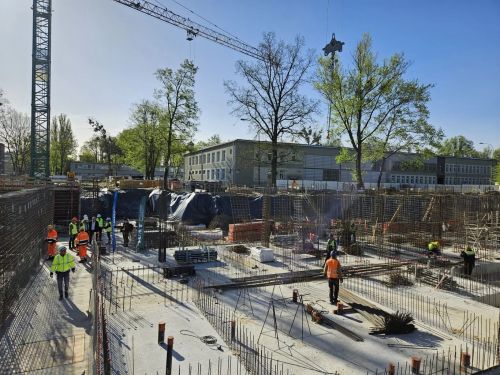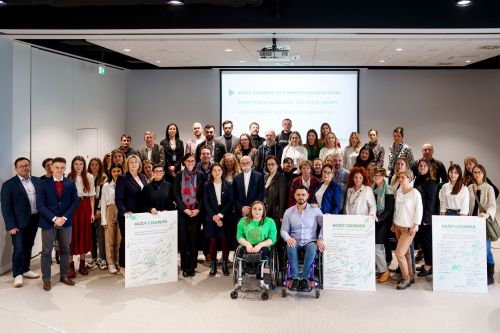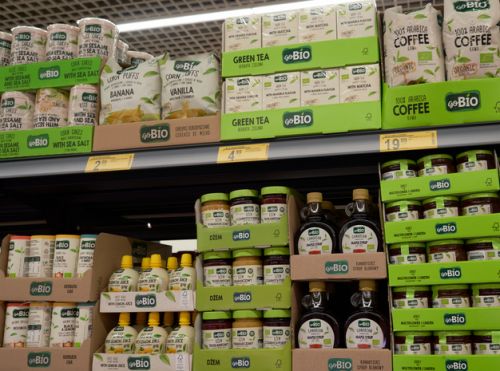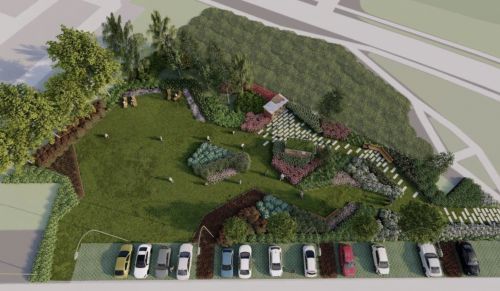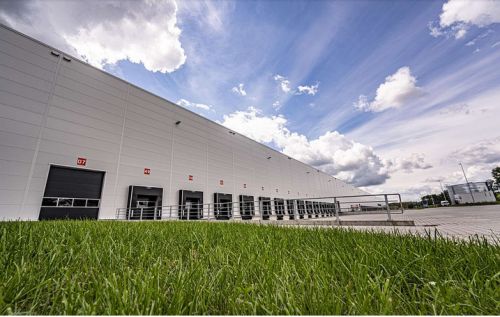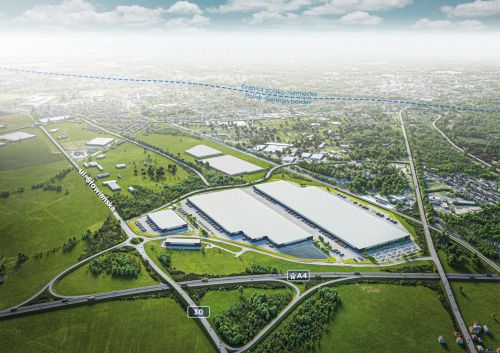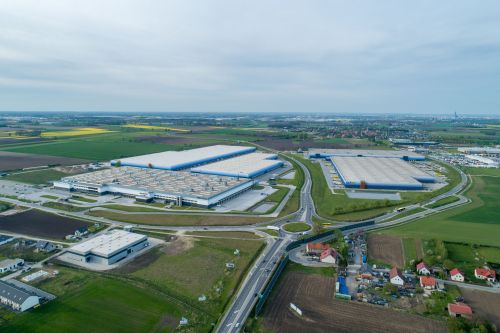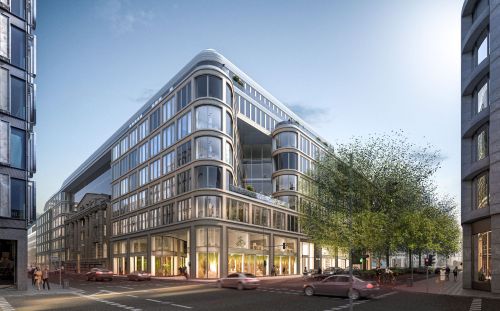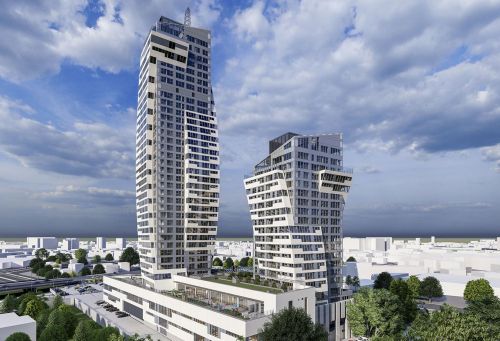Out of the big city
Report
At the end of Q3 2016, Poland’s retail stock totalled 13.56 mln sqm. The 409 shopping centres operating in the country had a combined 9.85 mln sqm of leasable space. The second largest retail segment – with 2.45 mln sqm and an 18 pct market share – are the 255 existing stand-alone retail warehouses, while the space in the 63 retail parks came to more than 1 mln sqm, accounting for 7.5 pct of the country’s total stock. Poland’s 13 operating outlet centres added 218,000 sqm to the total, making up the remaining 1.5 pct.
One of the key trends in the Polish shopping centre market is the growing share of retail projects in smaller cities (of below 100,000 inhabitants). At the end of Q3 2016, shopping centres in such cities represented around 17 pct of the stock, significantly above the 7 pct recorded ten years earlier.
This trend is expected to continue, particularly in the form of strip malls. However, small markets have a limited capacity to absorb new supply and the number of retailers willing to take on the higher risks involved in such locations is rather limited – compared to the more stable, larger markets.
The space saturation rate for all retail formats averages 351 sqm per 1,000 inhabitants and is projected to top 400 sqm by the end of 2018, with the fastest growth expected in cities of less than 100,000 inhabitants.
Retail supply in 2016–2017
In the first three quarters of 2016, the new supply added to the Polish retail market came to just 133,000 sqm, of which 57 pct came on stream in cities with less than 100,000 inhabitants. Shopping centre space accounted for half of the new supply. This included the openings of three new schemes: Galeria Glogovia in Głogów, Karuzela in Września and Galeria Avangarda in Bartoszyce – all cities with populations of less than 100,000. The completions also included the latest extensions of existing shopping centres (Atrium Promenada in Warsaw and Auchan in Gdańsk) and the addition of retail park sections.
The pipeline of retail projects scheduled to open by the end of 2017 now stands at app. 700,000 sqm. Around 57 pct of these are located in the largest Polish conurbations and are predominantly made up of large shopping centres, including Posnania
in Poznań, Galeria Północna in Warsaw, Wroclavia in Wrocław and Forum Gdańsk in Gdańsk. Around 40 pct of the retail space currently under construction and expected to be completed over this period is situated in cities of less than 100,000 inhabitants.
Half of the current development pipeline (app. 360,000 sqm) is scheduled for completion by the end of 2016. The largest project in Q4 2016 is Apsys’ 99,000 sqm Posnania in Poznań, one of the most saturated major Polish cities, and GaleriaMetropolia, a 34,000 sqm project by local developer PB Górski in a prime location near a local railway station in Gdańsk Wrzeszcz. Several retail centres in smaller cities will also be opening before the end of the year. Many of these are the first modern shopping centres in their respective markets: Galeria Wołomin in Wołomin near Warsaw, Galeria Aviator in Mielec and Galeria Tomaszów in Tomaszów Mazowiecki.
Shopping centres will continue to be the dominant retail format, representing 89 pct of the current development pipeline, while 8 pct of new retail supply is expected to come from retail parks. Further growth is also predicted for the outlet centre sector, in which several projects are underway, both in major Polish conurbations – such as the planned redevelopment of Kraków Plaza into an outlet centre and a new scheme in Gliwice – as well as in regional cities, including Bydgoszcz and Toruń.
Extensions accounted for around 30 pct of the shopping centre supply in 2015 and are expected to make up around 22 pct and 15 pct of the new space coming onto the market in 2016 and in 2017 respectively. These include both established retail schemes in the largest Polish cities, such as Galaxy in Szczecin, Atrium Promenada and Centrum Janki in Warsaw, as well as small-scale retail facilities in small local markets.
Another major trend has been the focus on extending and upgrading the range of retail offered by in-line stores adjacent to hypermarkets. This has come as a response to the changing shopping habits of Polish consumers, who have started to shift away from shopping in large food stores. The latter have ceased to be the key magnets attracting them to shopping centres.
Demand and tenants
Tenants believe the Polish market represents strong future growth potential, but they do tend to differentiate between specific locations. For smaller towns and cities in particular, refurbished shopping centres with a strong market position are clearly preferred to new projects with uncertain prospects.
Retailers are also benefiting from the rapid growth of small retail parks by expanding their footprint into smaller cities. Leading sectors include health and beauty, consumer electronics and household appliances, low-end fashion and footwear, and home accessories.
Vacancy rates
The vacancy rates for the eight major urban centres remain flat at around 3 pct. Of the core Polish cities, Warsaw has had the lowest vacancy rate – below 2 pct for the past few years. Vacancy in other conurbations ranges from around 2 pct to 5 pct in cities with the strongest market competition. However, the number of large retail projects in the pipeline is set to push vacancy up.
The average vacancy for regional cities with 200,000–400,000 inhabitants now stands at around 5 pct. The growth in competition, meanwhile, has pushed vacancy rates up in cities such as Bydgoszcz, Białystok and Radom.
Older generation shopping centres have been seeing rising vacancy levels for some time, due to the growing popularity of more modern projects with extended ranges of non-food goods. New shopping centres are also being opened despite not being fully leased. Due to the high level of competition on the vast majority of markets and retailer caution towards new retail projects, the leasing process has become much longer.
Prime rents
Prime shopping centre rents remain flat, with the highest coming to EUR 120–140/sqm/month for a prime unit in Warsaw’s best-in-class shopping centres. Prime rents stand at EUR 45–55/sqm/month in other key major cities and at EUR 33–40/sqm/month in regional cities with 200,000–400,000 inhabitants.
This divergence of rental rates between prime and secondary retail developments is expected to continue as a result of growing competition. Rents in secondary projects and those under construction remain under strong downward pressure. Tenants are increasingly seeking fit-out contributions and rent-free periods at the start of the leasing period.













